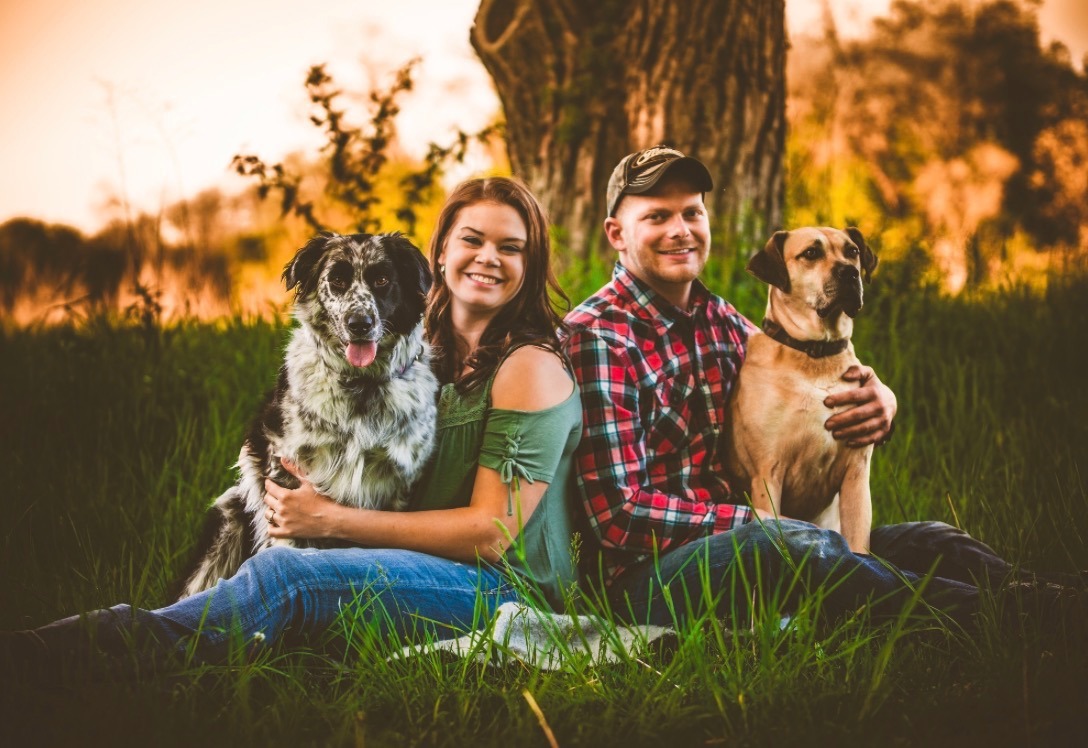Summer heat, dry grass, outdoor fires, and fireworks can all create a deadly situation for you and your dog. In fact, July 15 was National Pet Fire Safety Day. Follow the fire safety tips below to ensure your canine companion remains safe.
Prevention Is Key
The best way to keep your furry pal fire-safe is by doing everything possible to prevent a fire in the first place.

Although you likely have safety measures already documented for yourself, step up your safety game to ensure your dog will also be safe in the event of a house fire. Help prevent fire-related disasters with the following tips:
- Install smoke detectors in your home
Test your smoke alarms regularly to ensure they are working correctly, and change out batteries as needed. According to the National Fire Protection Association, you should install smoke detectors on every home level, including the basement, in each bedroom, and outside every sleeping area. For example, a two-story home with three bedrooms should have at least seven smoke detectors. - Update your dog’s identification
Your dog can quickly become lost during a house fire. Check your dog’s collar tags for wear and tear, and ensure they are legible and securely attached. Keep your contact information—especially your phone number—on collar identification tags and with the microchip registration company up-to-date. Doubling up on identification methods also doubles your chances of finding your lost dog. - Forgo open flames
Avoid open flames when you have pets. While the image of your dog cuddled up in front of an open fire is heartwarming, it can be dangerous. Sparks or coals can pop through a mesh fire screen, setting carpet fibers on fire and singeing dog hair. While lit candles set a mood, your curious pooch can accidentally knock them over. Installing a closed or gas fireplace and switching to battery-operated, flameless candles are more secure options. - Block stovetop access
People often think cats are the naughty ones who jump on kitchen counters and mess with stove burners, but large dogs can bump the burner knobs and start a fire. Avoid leaving anything—like a cardboard pizza box—on top of your stove, and consider installing covers to ensure your dog cannot accidentally turn the knobs when you are out. For extra security, block your dog’s access to your kitchen whenever you are not home. - Secure wires and cords
Again, people often blame cats for chewing on Christmas lights and other electrical cords, but dogs can be equally curious. The intriguing texture and exciting nature of an off-limits “toy” can entice your dog to chew on cords when you are not watching. Install cord covers and move wires out of paws’ reach to keep your pet safe from electrical and fire hazards.

Practice Makes Perfect: Run Through Your Fire Safety Plan
Preventing fires from occurring is an excellent first step in your fire safety plan, but you also need to plan for the actual event of a real fire. Identify each disaster stage, and plan how you will keep yourself and your dog safe. Consider the following guidelines when formulating your fire safety plan:
- Create an escape plan
Create your escape plan based on your home’s layout. Which door will likely provide the most accessible and safest exit? What will you do if the fire is right outside your door? Which way will you go through your home to get out the quickest? How will you take your dog if you have to get out through a window? Imagine different scenarios, and map out the best escape plan for each to ensure you plan for every possibility. - Assign roles
Each family or household member should have a clearly defined role. Whoever sleeps closest to your dog should be responsible for loading them up, with others in charge of grabbing the carrier or emergency kit. - Pack an emergency kit
Ensure an emergency kit is packed and ready to grab as you hurry along your escape route. The kit should contain essentials for treating minor wounds and injuries and your dog’s necessities. Regularly rotate food, water, and medical supplies to prevent expiration and to ensure you still have everything you might need. - Practice your fire escape plan
Once you formulate a plan, do a test run to search for snags and to become familiar with the protocol. Run a scenario where you must ensure each household member gets out of the house, including your dog. Double-check that each person knows their role and has no questions about what to do in certain situations.
Additionally, practice an open-access escape plan in which you would be unable to find your dog before escaping. Leave a door open and call your dog since a fire escapee should never re-enter a burning building. Practice over and over to guarantee, as best as possible, that your dog will run outside to you.
With safety measures in place, you can help prevent a house fire. However, you cannot predict accidents and disasters, so you must also have a fire escape plan that includes every household member and your dog. With proper preparation and planning, you, your family, and your dog can be safe in the event of a fire.
Looking for more articles about dog-friendly activities and pet-parenting advice? Check out the Blog at TheDailyDog.com.




